(Cinet)- Tet Han Thuc (Food Cold Fest) is a traditional festival of Vietnamese which takes place on the 3rd day of the third lunar month in the year. This is occasion for family gathering and remember ancestor.
The Cold Food Festival is a traditional Chinese holiday celebrated for three consecutive days starting the day before the Qingming Festival in the Chinese Calendar, which falls on April 5 by the Gregorian calendar, except in leap years (the 105th day after dongzhi). It is celebrated in China as well as the nearby nations of Korea and Vietnam. At this time of year, the sky becomes clearer and buds sprout in the field. Farmers sow various seeds and supply water to their rice paddies.
The origin of the festival goes back to the Spring and Autumn Period, two thousand 500 years. The event pays tribute to a Chinese man named Jie Zitui aristocrat who sacrificed his life for others.
The ancient practice of fire worship is said to be the origin of a special day without fire each year. Though it provides light, warmth, cooks food and frightens away wild animals, fire is also destructive. To show respect to the fire god, each family put out the fire that was kept burning year round - for just one day. The fire was then relit for the next year.
The Cold Food Festival is celebrated by Vietnamese people in the northern part of the country on the third day of the third lunar month, but only marginally. People cook glutinous rice balls called “ troi and chay” cakes on that day but the holiday's origins are largely forgotten, and the fire taboo is also largely ignored.Not surprisingly, these “cool” dishes are just right for the weather that prevails at festival time.
“Troi and chay” cakes are both made of glutinous rice flour. The ingredients and the recipe are quite simple. To make the trôi cake, flour is kneaded into balls and stuffed with small pieces of dried treacle, and for the chay cake, flour is kneaded into flat rounds and stuffed with steamed, crushed green beans mixed with sugar and grated coconut.
Both cakes are then boiled in water until they float to the surface. The floating trôi cakes are taken out and immediately dipped in cold water so that they do not stick together.
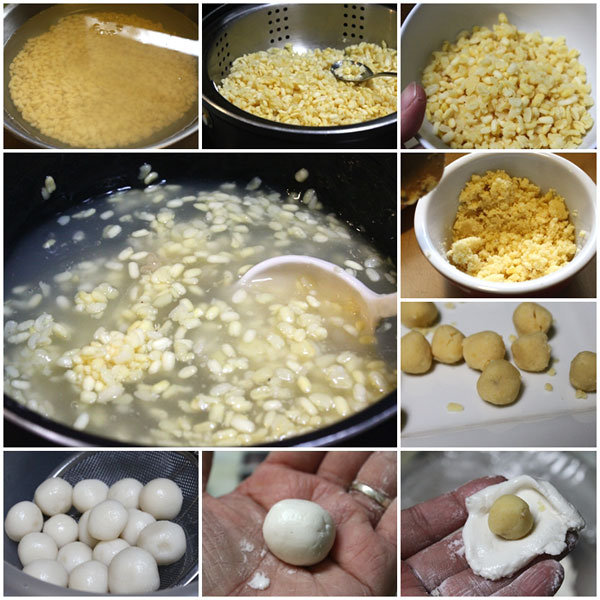 |
“Troi” cakes are arranged in small round plates and sprinkled with fried sesame. Meanwhile, the chay cakes are placed in small bowls and sprinkled with fried sesame or green beans and served with an amber mixture of boiled kudzu flour, pomelo flower-scented water, and sugar.
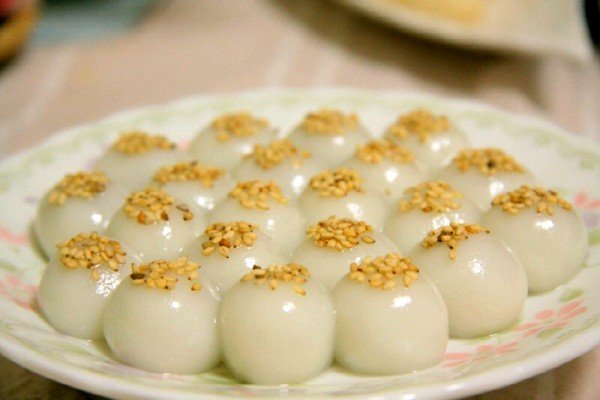 |
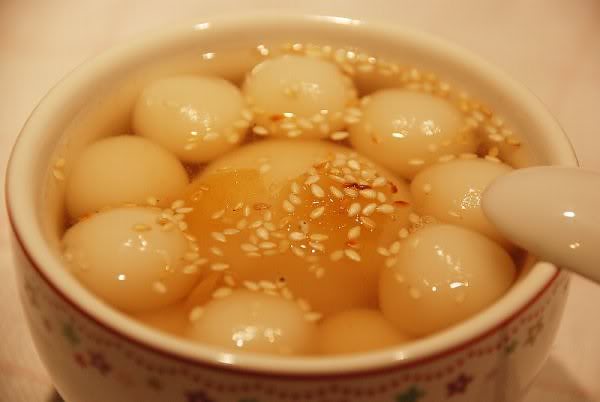 |
Both dishes are soft, sticky, sweet-smelling and most importantly, cool. Whether they are eaten on their own or as dessert after hot or spicy food, they live up to their traditional name, and soothe the palate and the stomach with their cooling effect.



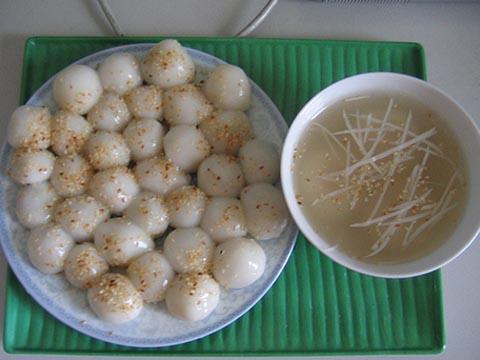





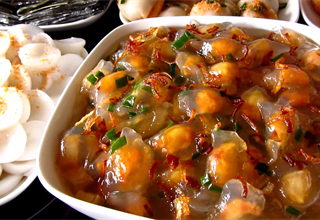
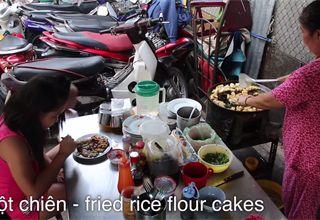
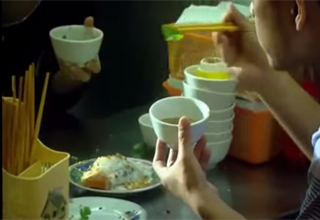





COMMENTS